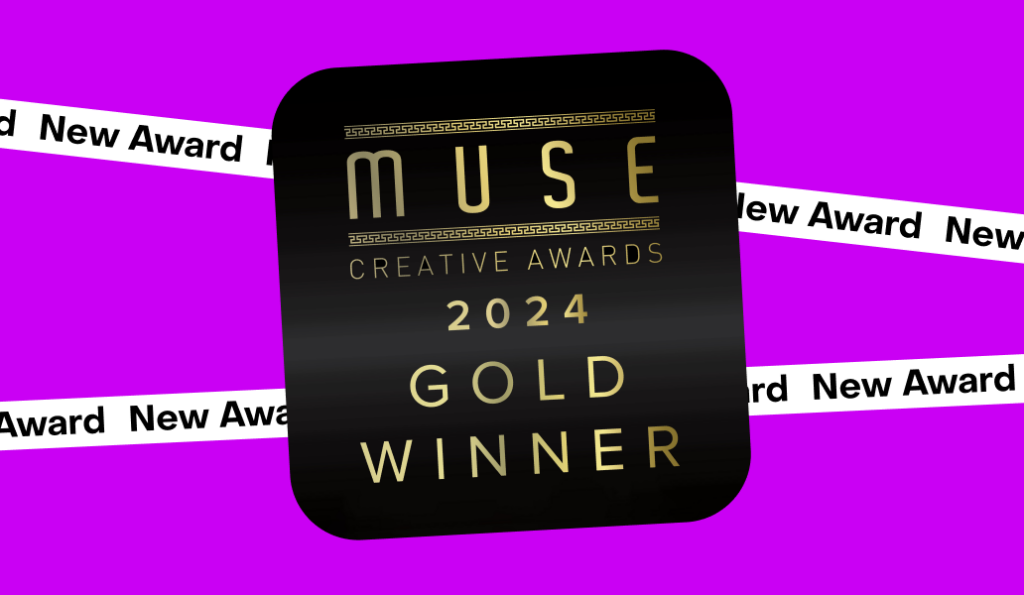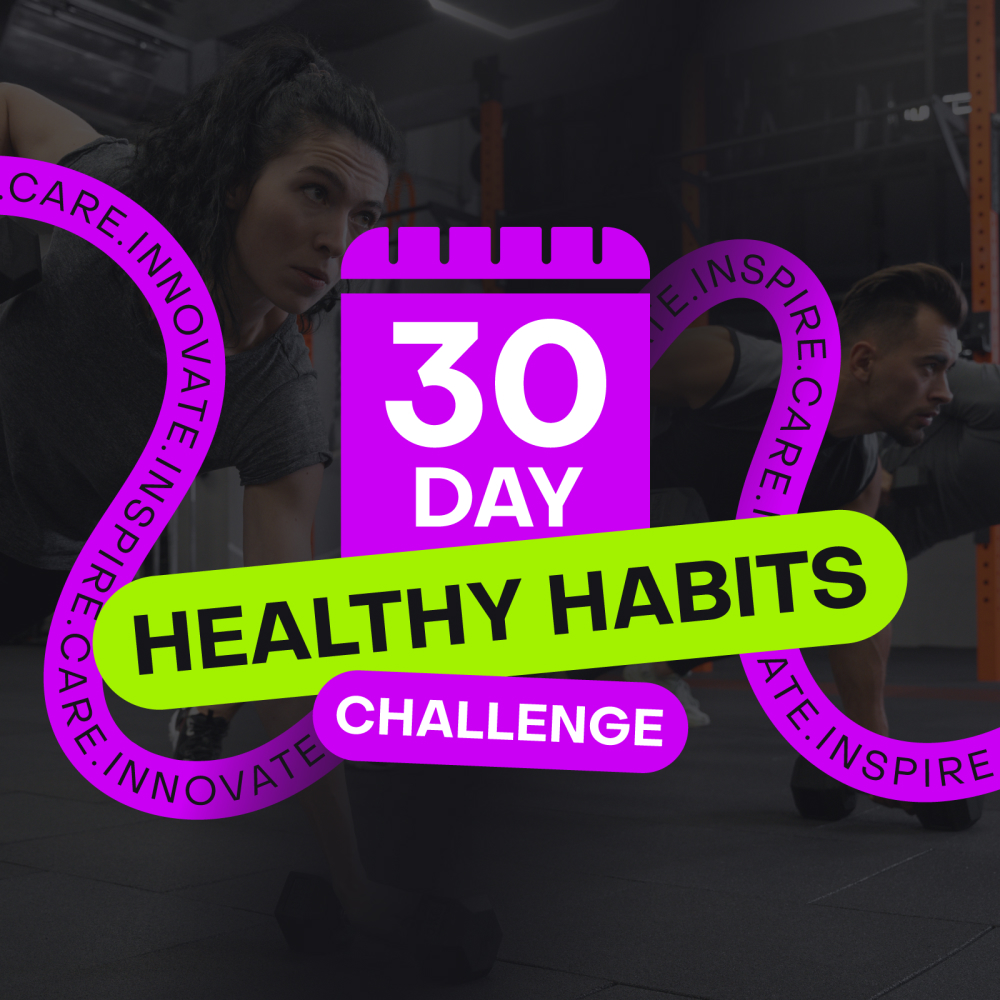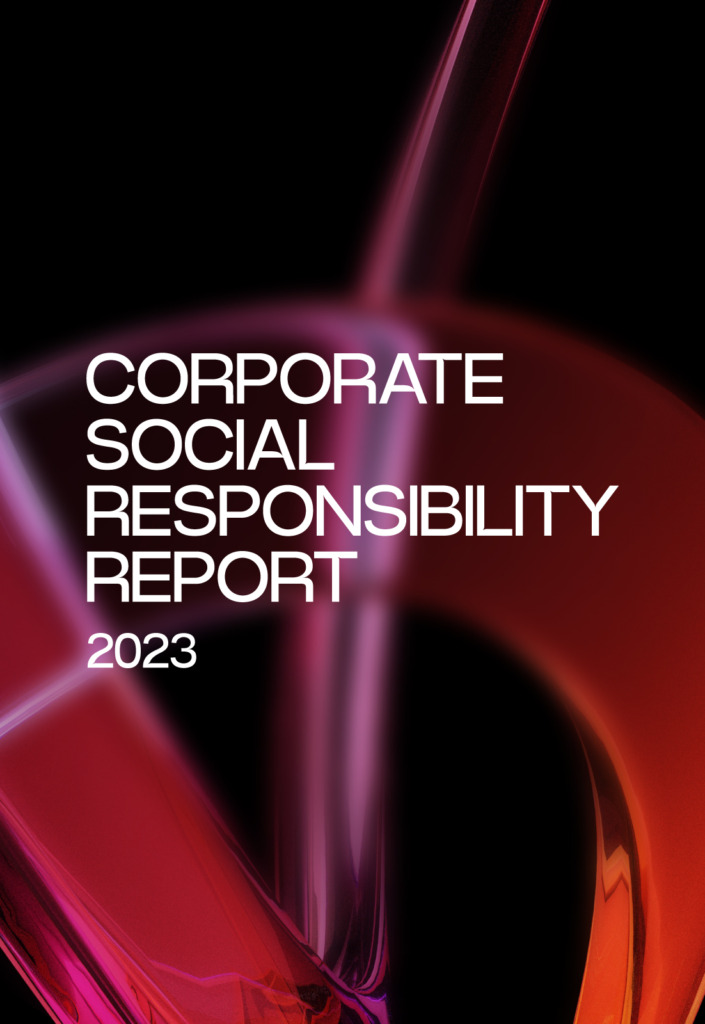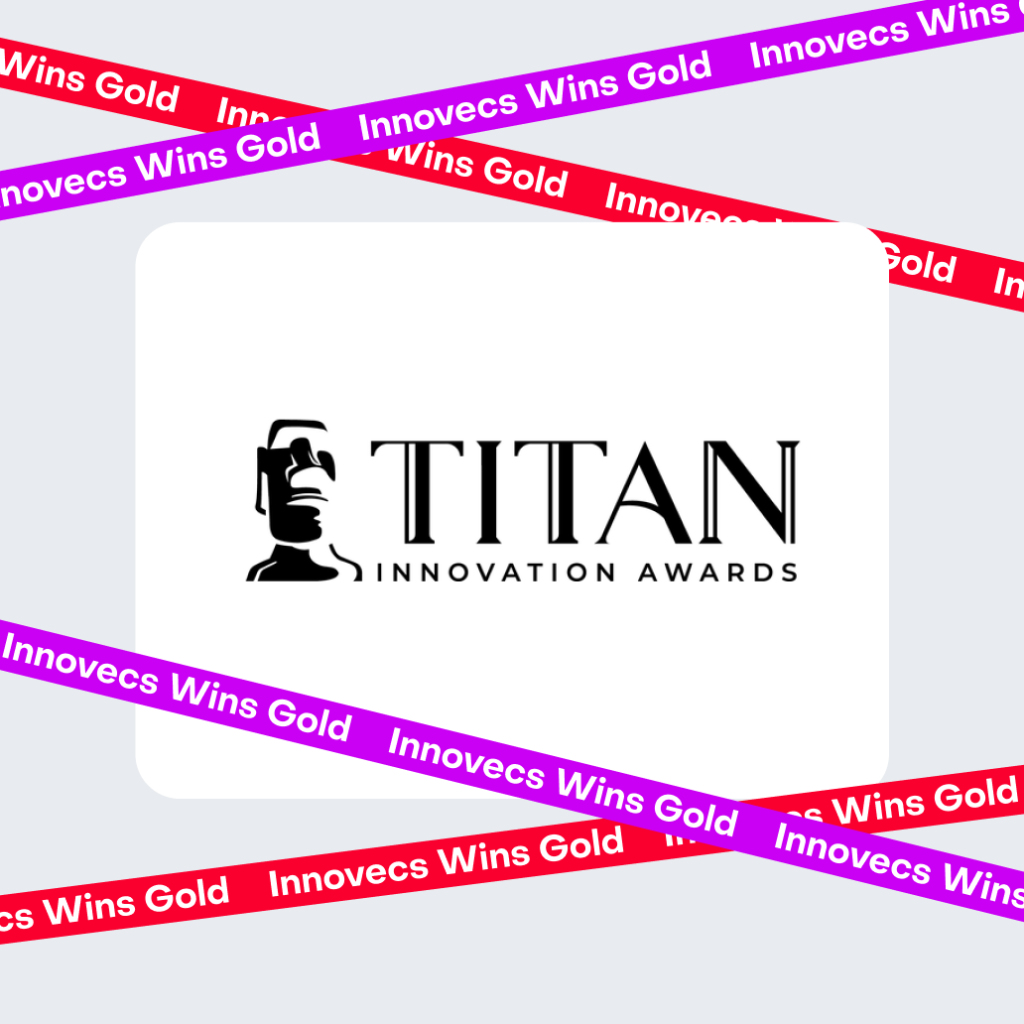
TL;DR: Remote monitoring holds the potential to transform modern healthcare, making it more accessible and removing some of the strain from overworked healthcare professionals. Through the use of telehealth platforms, wearable devices, and topical mobile applications, patients get a better grasp on their conditions and can more actively participate in their own treatment. While in its current state the technology faces plenty of growing pains, both for healthcare professionals and their patients, it is easy to see that remote monitoring will only popularize moving forward.
Imagine the world where healthcare is perfect. Is it affordable? Is it universal? Do the patients feel listened to, and the doctors aren’t exhausted? While this dream is still far away, remote monitoring is proof that modern technology marches in that direction, and it marches fast. According to Pharmaceutical Technology, the remote patient monitoring (RPM) market is estimated to reach $760 million by 2030. Today Innovecs will help you get with the program and discover the benefits of remote monitoring, the types of technology that it operates through, and the challenges we have yet to overcome before this new solution can truly shine.
Remote monitoring is an umbrella term for the use of technology to collect health-related data from patients located at a distance from healthcare providers or facilities. This technology allows healthcare professionals to monitor their patients without the need for in-person visits. Remote monitoring typically involves the use of wearable devices, mobile apps, and telehealth platforms that transmit data to healthcare providers in real-time or at scheduled intervals.

Half a decade ago the increasing share of long-distance healthcare might have seemed like a drastic transformation, especially for people who received in-person care most of their lives. However, the pandemic has truly proven that the tried and tested ways of medicine can undergo a huge transformation in a matter of a couple weeks. Today we are all on the other side of COVID-19, and the world is not the same. Remote health monitoring is recognized for its benefits for patients, healthcare providers, and healthcare systems.
- Improved Access to Care. Rural Health Information Hub has recently updated its report, claiming that rural residents still often encounter barriers to healthcare that limit their ability to obtain the care they need. Remote health monitoring allows patients to receive healthcare services and monitoring from the comfort of their homes, overcoming barriers such as distance, mobility issues, and transportation limitations. This improves access to care, particularly for individuals in rural or underserved areas.
- Patient Empowerment. By actively involving patients in the management of their health through remote monitoring, patients become more engaged to make informed decisions about their health. They gain a better understanding of their health status and are more likely to adhere to treatment plans and lifestyle modifications, now that they get to have a proactive role.
- Early Detection of Health Issues. Remote monitoring facilitates early reports on the changes in patients’ health parameters, allowing healthcare providers to intervene promptly.
- Personalized Care. Human-centric healthcare is the way to go in 2024. Remote monitoring data provides healthcare providers with real-time insights into patients’ health status, allowing for personalized care plans.
- Continuous Monitoring and Disease Management. Remote health monitoring facilitates ongoing monitoring of patients’ health parameters, enabling management and stabilization of chronic conditions.
- Reduction in Healthcare Costs. By preventing avoidable hospitalizations, emergency room visits, and complications, remote health monitoring can lead to cost savings for healthcare systems and payers. It also reduces healthcare resource utilization by optimizing care delivery and focusing resources on patients who need them most.
- Time and Resource Efficiency. Healthcare providers get to efficiently monitor multiple patients remotely, reducing the need for in-person visits and freeing up time for more complex cases or tasks. It also enables proactive management of patient populations, rather than relying solely on reactive care.
- Patient Peace of Mind. The feeling of ongoing health surveillance can go a long way for patients struggling with stress. Unlike sporadic doctor visits, remote monitoring, when combined with regular checkups or data from wearable devices, paints a consistent picture that helps patients feel in control of their bodies.
The market of remote monitoring solutions is vast. According to EMarketer, the number of people using various remote monitoring solutions in the United States has skyrocketed during the pandemic, and has since stayed on a steady growing streak. It is clear that remote monitoring solutions are here to stay, so we might as well familiarize ourselves with this diverse technological landscape.

This term describes a host of various devices that the patient can wear on their body, usually close to their skin. These wearables are equipped with sensors to monitor the tiniest changes in one’s vital signs such as heart rate, blood pressure, oxygen saturation, and activity levels. The data gathered by these devices is then sent into the health cloud, and uploaded into the healthcare system, where the patient’s doctor can draw conclusions on their current state, as well as the general progression of the patient’s condition.
The main convenience of wearable devices is the reduced need for in-person doctor visits, but these tools can also play a far bigger role during an acute health crisis. The highly sensitive wearables can foresee a potentially dangerous episode even before the wearer will feel any tangible shifts in their own well-being. The system then alerts the wearer to take the steps necessary in this situation, or sends a signal to a family member or caregiver if the situation is dire.
Fitness Trackers And Smartwatches
Equipped with sensors to monitor vital signs such as heart rate, activity levels, and sleep patterns, these wearables fit anywhere on the spectrum between medicine and general wellness. They can also provide notifications and reminders for medication adherence and appointments. The difference between the two is their technological advancement; a fitness tracker is likely to be more limited and secular, while a smartwatch is a multi-faceted extension of one’s smartphone.
The buzzword of this current era of smartwatches is electrocardiogram (ECG or EKG); a more precise way to track one’s cardiovascular health. Wareable, an online media dedicated to news on wearable devices, describes the feature in the following way: “rather than measuring blood flow, it’s designed to measure how well your heart is working”. As of early 2024, smartwatches with ECG trackers are gaining enough momentum to warrant their own top lists.
Blood Monitors
Hypertension, diabetes, respiratory conditions and chronic pulmonary illnesses can all get tracked by different types of blood monitoring devices.
- Continuous Glucose Monitors (CGMs) continuously monitor and provide real-time data on blood sugar levels by connecting to the user’s phone. A thin disposable needle under the wearer’s skin serves as a sensor and has to be replaced every couple of days.

- Blood Pressure Monitors allow for non-invasive monitoring of blood pressure levels throughout the day, using optical sensors to detect the movement of blood.
- Pulse Oximeters measure oxygen saturation levels in the blood by shining two types of light – red and infrared- through the wearer’s fingertip or earlobe. The amount and type of light that the wearer’s blood absorbs informs the level of its oxygen saturation.
- Wearable ECG Monitors record the electrical activity of the heart and can detect abnormal heart rhythms or arrhythmias.
Smart Clothing
Smart clothing is made from e-textiles that blend traditional textile materials with conductive materials, sensors, and other electronic components to create fabrics with interactive and functional capabilities. The flexible sensors are integrated into the fabric or garment itself to monitor various aspects of the wearer’s health. At a large scale, smart clothing holds the potential to help aging population with health tracking and mobility improvement, or simply maximize the efficiency of a patient’s hospital stay, but this technology has a long way to go before it becomes affordable for the average user.
Smart Posture Correctors And Fall Detection Devices
These wearable devices are designed to improve posture and detect falls in elderly or at-risk individuals. Smart posture wearables and posture-correcting apps use a combination of sensors and alerts to discipline the wearer into not slouching, but their helpfulness will go as far as the wearer’s motivation. Fall detection devices also work on sensor-and-alert basis and their use is more straightforward; they can send alerts to caregivers or emergency services in the event of a fall.
If wearables are the senders of patient data, RPM systems are the receivers on the other end of this transaction. These are the medical devices and software platforms that enable healthcare providers to remotely monitor patients’ health metrics. Each RPM system is unique, and can therefore integrate with different databases, wearables, and applications. These systems also serve different niche areas under the large umbrella of healthcare. Some examples of these niches are:
- Chronic Diseases. Specific remote monitoring systems cater to patients with chronic conditions. These systems often include dedicated devices for monitoring relevant health parameters and transmitting data to healthcare providers for ongoing management.
- Mental Health Monitoring. Digital mental health solutions offer remote monitoring of patients’ psychological well-being through mood tracking apps, virtual therapy sessions, and online support communities. Other tools to support mental health management may include meditation, stress reduction techniques, mood tracking, and cognitive behavioral therapy exercises. The same way data about physical illnesses informs the patient’s treatment, mental health data, gathered through ethical algorithms, helps to track the patient’s progress on their healing journey.
Telehealth platforms allow for virtual consultations between patients and healthcare providers through video conferencing or messaging services. These platforms may also integrate remote monitoring capabilities for tracking patients’ health data during virtual visits. In their recent post, Taction Software made the distinction: “while telehealth encompasses a broad spectrum of remote healthcare services, telemedicine specifically focuses on clinical care delivery, and remote patient monitoring involves continuous monitoring of patients’ health status from a distance”.

The simple truth of modern user-friendly software development is: if it exists as a website, it could likely fit in an app. Born out of convenience and on-the-go access, mobile health or mHealth apps that track the patient’s health metrics, such as medication adherence, symptoms, diet, and exercise routines, through their phone. Some apps allow for direct communication with healthcare providers and integration with wearable devices. The opportunities and potential for healthcare are just as endless as the statistics on everyday smartphone use.
We have already discussed remote monitoring technology used to track mental health, general fitness, chronic diseases, and the platforms that host telemedicine solutions. All of these needs can also be integrated into various apps. In addition to that, here are some other types of topical mobile health apps:
- Diet and Nutrition apps assist users in tracking their food intake, counting calories and maintaining a balanced diet with meal plans and recipe suggestions.
- Medication Management apps help users organize their medication schedules, set reminders for taking medications, and track adherence to prescribed treatment plans.
- Women’s Health apps focus on menstrual cycle tracking, fertility monitoring, pregnancy support, and postpartum care. They help users track menstrual cycles, ovulation dates, fertility windows, and pregnancy milestones.
- Sleep Tracking and Improvement apps monitor sleep patterns and analyze sleep quality to provide insights on how users can improve their sleep hygiene.
- Emergency Response and First Aid apps provide instructions for handling medical emergencies. They may include information on CPR techniques, choking relief, and steps to take in various emergency scenarios.
As a technology that has truly gained prominence as recently as the COVID-19 pandemic, remote monitoring still has a long way to go. But knowing about the challenges is crucial in understanding and later resolving them.
Remote monitoring devices must provide accurate data to support clinical decision-making, and healthcare systems need to be able to integrate that data. Healthcare systems often use disparate technologies and standards, making interoperability between different remote monitoring devices, platforms, and electronic health record (EHR) systems a significant challenge. In addition to that, at-home computers and smartphones of the patients have to be able to handle online consultations without delays. Issues such as device malfunction, inaccurate measurements, and variability in data quality can undermine the effectiveness of remote monitoring and lead to misinterpretation of patient status.
On the patient’s side, factors such as user interface complexity, lack of technical literacy, and resistance to technology adoption can impede patient engagement and compliance with monitoring routines. Something as simple as bad connection and low video quality can discourage the patient from using telemedicine in the future, and only contribute to their feelings of helplessness and isolation.
Remote monitoring is a fairly new concept, so many users will likely experience some growing pains adapting to it (especially the elderly patients who tend to be less fluent in the latest tech trends). HealthTech developers need to keep this in mind when working on a new piece of software: while the majority of the modern mobile tech market targets Gen Z and millennials as their primary audiences, with mHealth the amount of potential users only increases with age. Making the websites and apps as understandable and user-friendly as possible is a matter of universal healthcare.

The current stressed-out state of healthcare across the world is no secret. While it is true that remote monitoring holds the potential to revolutionize medicine and pay off in the long run, it is also true that here and now overworked and burnt-out doctors may not have the time and energy to learn new things. At the same time, healthcare providers need efficient mechanisms to review and act upon remote monitoring data within their existing workflows without causing workflow disruptions.
Integrating remote monitoring data into clinical workflows is crucial for seamless care coordination and timely interventions, but this level of human-technology harmony is hard to achieve in an industry that is strained 24/7. Remote monitoring is most effective when integrated with broader care coordination efforts involving healthcare providers, patients, caregivers, and other stakeholders. Achieving good communication between them all presents additional challenges in communication barriers, care team coordination, and patient empowerment. On top of that, healthcare organizations often face resource constraints, such as limited funding, staffing shortages, and technological infrastructure limitations, which can hinder the widespread adoption of remote monitoring solutions.
Remote monitoring as a technology has a long way to go before it becomes affordable, accessible, and understandable to the general public, but this is a road worth traveling. The pandemic has taught us that universal collapse of healthcare is not a fictional disaster scenario, but a reality that we were poorly prepared for. Remote monitoring provides hope when pondering on a chance of another hypothetical outbreak, as well as when one takes a look at the very real current problems of modern medicine. Once healthcare professionals and patients across the world get a grip on how to integrate and use this technology with ease, we will reach a new era in the history of medicine.
If you are struggling with integrating a remote monitoring solution into your current healthcare system, or you would like to develop an mHealth app, feel free to reach out. Innovecs is currently expanding its selection of high tech services and we would love to chat with you for a mutually beneficial exchange of expertise.




